In the vast expanse of the cosmos, where the secrets of the universe are often hidden in plain sight, astronomers have made a groundbreaking discovery that could change our understanding of how stars and planets form. An invisible molecular cloud, named Eos after the Greek goddess of the dawn, has been detected surprisingly close to Earth. This colossal cloud of gas, which would appear as a massive structure in the night sky if visible to the naked eye, measures roughly 40 times the width of the full moon and has a mass about 3,400 times that of our sun. The discovery, reported in a study published in the journal Nature Astronomy, has stunned the scientific community, as Eos was found to be the closest molecular cloud to Earth—yet it had eluded detection for decades.
The Elusive Nature of Eos
Molecular clouds are the nurseries of the universe, composed of gas and dust from which hydrogen and carbon monoxide molecules can form. These dense clumps of matter are the birthplaces of stars, where gravitational forces cause the gas and dust to collapse, eventually igniting nuclear fusion and giving rise to new stellar bodies. Scientists typically detect molecular clouds using radio and infrared observations that can pick up the chemical signature of carbon monoxide, a molecule that emits light at wavelengths easily detectable by modern telescopes.
“Normally, we look for carbon monoxide, just one carbon atom and one oxygen atom, and that emits light pretty easily at wavelengths that we can detect,” explained Thomas Haworth, an astrophysicist at Queen Mary University of London and co-author of the study. “Carbon monoxide is bright, and we have lots of facilities that can spot that.”
However, Eos was different. Despite its proximity to Earth, it did not contain much carbon monoxide and thus did not emit the characteristic signature detected by conventional approaches. This made it nearly invisible to the usual methods of observation. “This thing was pretty much in our cosmic backyard, and we’ve just missed it,” Haworth added.
The Breakthrough Discovery
The key to uncovering Eos lay in a different approach. Instead of relying on the usual carbon monoxide emissions, the researchers searched for ultraviolet light emitted by hydrogen molecules within the cloud. This innovative method allowed them to detect the cloud’s presence, which had been hidden in plain sight for so long.
“The only reason we managed to catch it in this instance is because we’ve been able to look with a different color of light,” Haworth said. The discovery was made possible by data collected from a far-ultraviolet spectrograph called FIMS-SPEAR, an instrument aboard a Korean satellite named STSAT-1. The data, which had only recently been released publicly in 2023, caught the attention of lead study author Blakesley Burkhart, an associate professor in the department of physics and astronomy at Rutgers University.
The spectrograph works by breaking down far-ultraviolet light emitted by a material into its component wavelengths, similar to how a prism separates visible light into its spectrum. This allowed the researchers to detect glowing hydrogen molecules via fluorescence in the far ultraviolet. “This is the first-ever molecular cloud discovered by looking for far ultraviolet emission of molecular hydrogen directly,” Burkhart said in a news release. “The data showed glowing hydrogen molecules detected via fluorescence in the far ultraviolet. This cloud is literally glowing in the dark.”
The Significance of the Discovery
The discovery of Eos is not just a triumph of innovative scientific techniques; it also opens up new avenues for understanding the formation of solar systems. Molecular clouds are the cradles of stars and planets, and studying Eos could provide crucial insights into the processes that drive the transformation of interstellar gas and dust into celestial bodies.
“Our discovery of Eos is exciting because we can now directly measure how molecular clouds are forming and dissociating, and how a galaxy begins to transform interstellar gas and dust into stars and planets,” Burkhart said. The proximity of Eos to Earth, at just 300 light-years away, makes it an ideal candidate for detailed study. This is closer than any of the previously known molecular clouds, which are typically found within a range of about 1,600 light-years from the sun.
The discovery has left the scientific community in awe. Melissa McClure, an assistant professor at the University of Leiden in the Netherlands, who was not involved in the research, expressed her surprise at the find. “This new molecular cloud, Eos, is only 300 light-years away, which is closer than any of the molecular clouds that we’ve known about previously,” she said. “It’s puzzling why there’s something this big right in our solar neighborhood that we didn’t see before. It would be a bit like living in a suburb with above-ground houses and open lots in it, and suddenly realizing that one of the open lots actually hosts a hidden underground bunker.”
The Future of Eos Research
The discovery of Eos marks a new chapter in the study of molecular clouds. With its unique properties and close proximity to Earth, Eos offers astronomers an unprecedented opportunity to observe the processes that lead to the birth of stars and planets. Future research will likely focus on understanding the composition and dynamics of the cloud, as well as exploring the conditions that led to its formation and its potential role in the creation of new solar systems.
The innovative use of far-ultraviolet spectroscopy to detect Eos also highlights the importance of exploring new methods and technologies in astronomical research. As scientists continue to push the boundaries of what can be observed and measured, they are likely to uncover more hidden treasures in our cosmic backyard.
A New Era of Cosmic Exploration
The discovery of Eos is a reminder that the universe still holds many secrets, even in regions that we thought we knew well. It underscores the importance of continued exploration and the development of new techniques to uncover the hidden mechanisms that shape the cosmos. As we delve deeper into the mysteries of molecular clouds and the processes that drive the formation of stars and planets, we are not only expanding our knowledge of the universe but also gaining insights into the origins of our own solar system.
The discovery of Eos is more than just a scientific achievement; it is a testament to human curiosity and the relentless pursuit of knowledge. It reminds us that even in the vastness of space, there are still wonders waiting to be discovered, and that sometimes, the most significant breakthroughs come from looking at the universe in a new light.
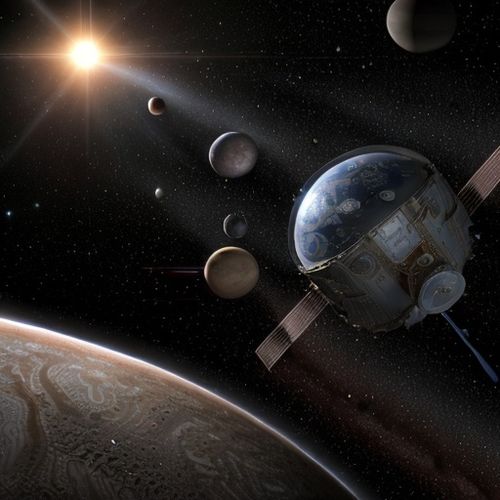
By Sophia Lewis/May 6, 2025
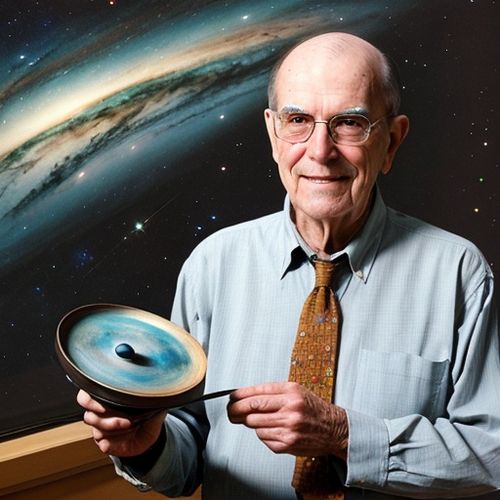
By Olivia Reed/May 6, 2025
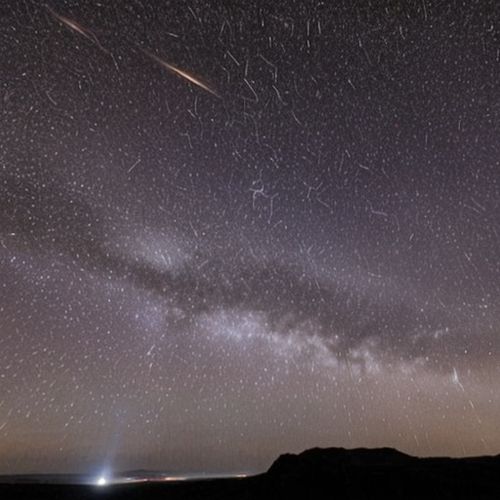
By William Miller/May 6, 2025

By Eric Ward/May 6, 2025

By John Smith/May 6, 2025

By Rebecca Stewart/May 6, 2025

By Benjamin Evans/May 6, 2025
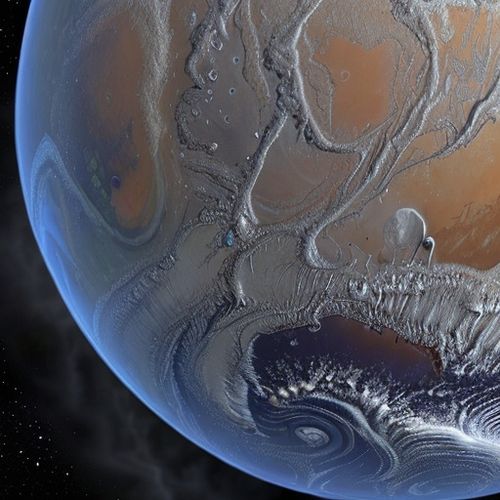
By Eric Ward/May 6, 2025
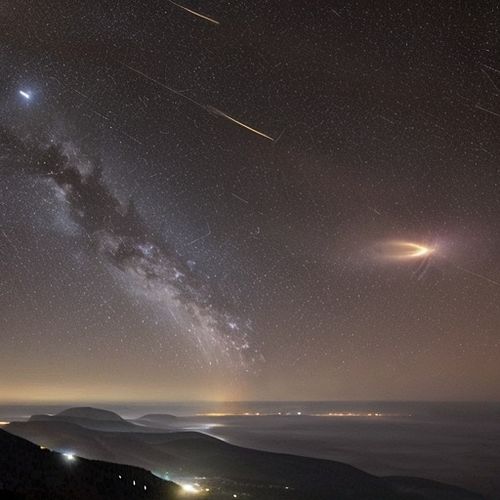
By Eric Ward/May 6, 2025
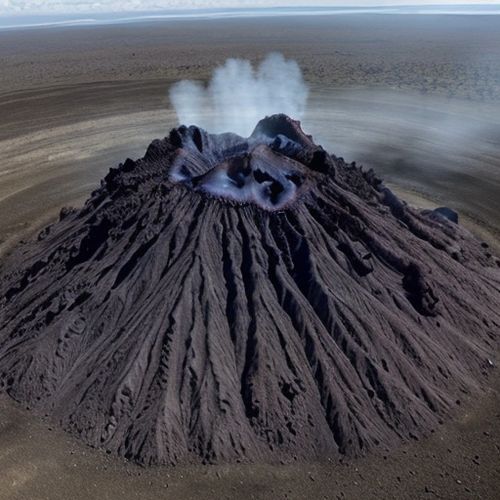
By Daniel Scott/May 6, 2025

By Benjamin Evans/May 6, 2025
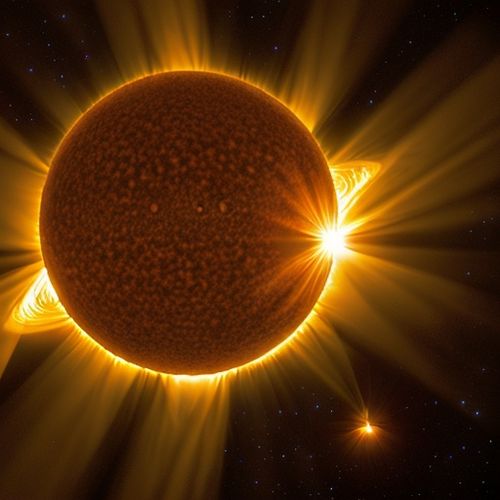
By Elizabeth Taylor/May 6, 2025

By James Moore/May 6, 2025
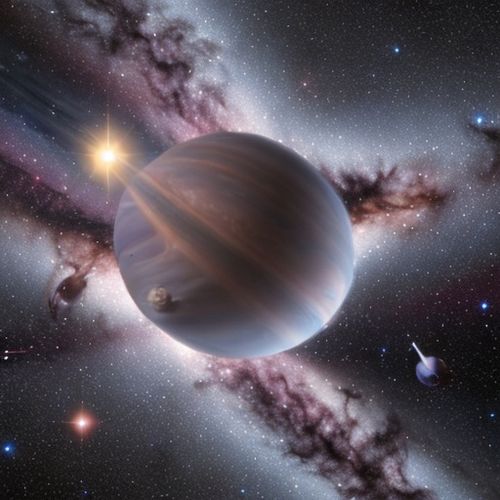
By Victoria Gonzalez/May 6, 2025
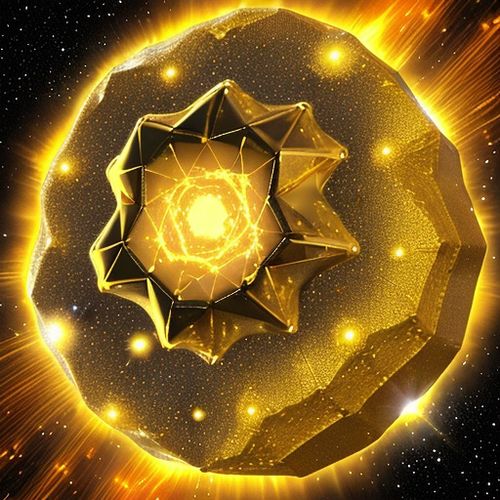
By Sophia Lewis/May 6, 2025

By Laura Wilson/May 6, 2025

By Olivia Reed/May 6, 2025

By David Anderson/May 6, 2025

By Olivia Reed/May 6, 2025
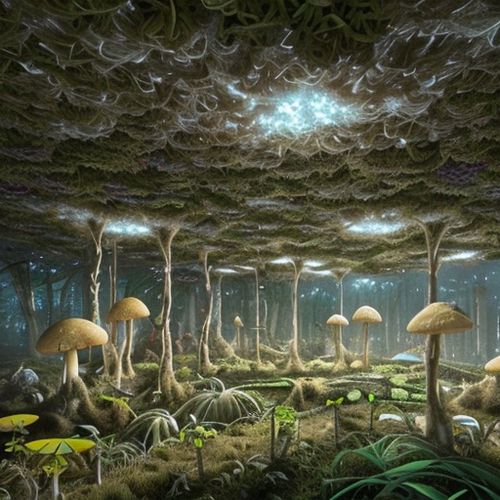
By Sophia Lewis/May 6, 2025